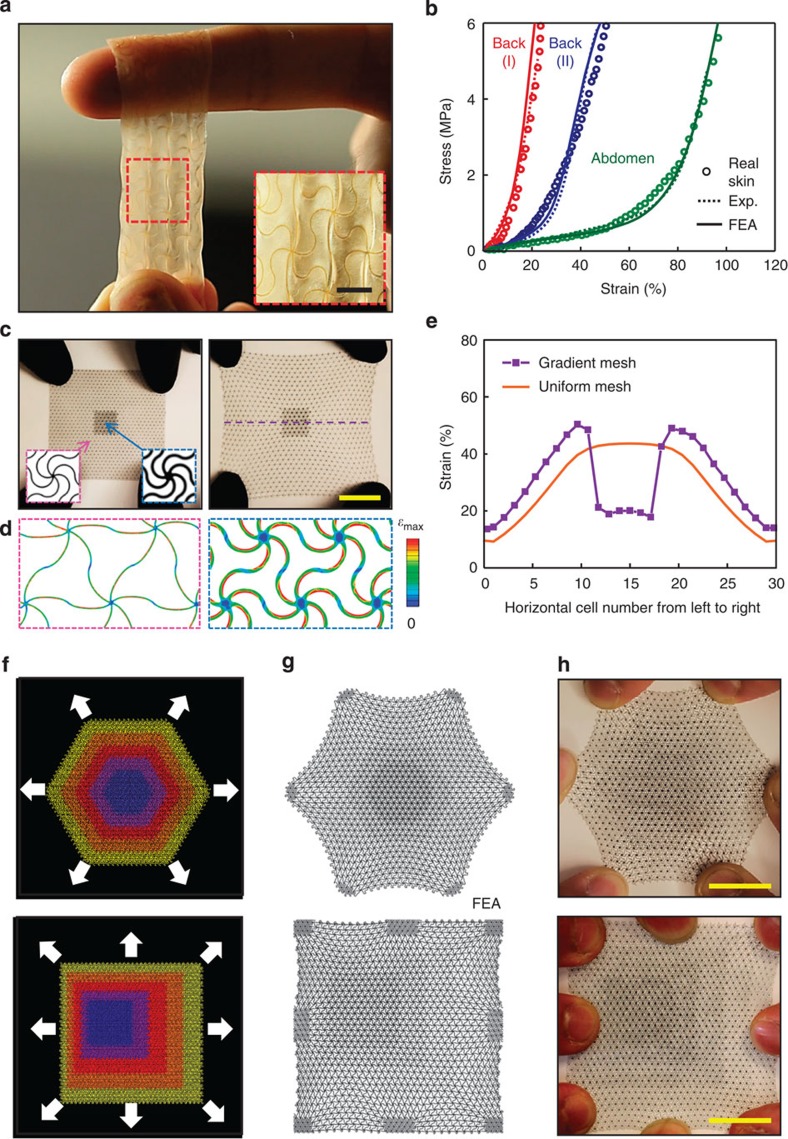Figure 5. Skin-like mechanics in a network composite material and spatially heterogeneous designs.
(a) Image of uniaxially stretched composite with mechanics tailored to match the non-linear stress–strain characteristics of human skin. The scale bar in the inset image is 5 mm. This material consists of three layers: (top)—a soft silicone elastomer (Silbione HS Firm Gel LV; E=3~5 kPa; t=200 μm); (middle)—a polyimide wavy network structure in a triangular lattice (PI; E=2.5 GPa; w*=0.15; θ=150°; t=55 μm); and (bottom) another silicone elastomer identical to that on top. (b) Stress–strain responses of human skin (circle) and engineered skin-like composite (dot line), with FEA modeling results for the latter (solid line), for various locations on different individuals (red: back area of person I, blue: back area of person II, green: abdomen area of person III). (c) Images and (d) FEA results of bi-axial stretching (to 35%) of a spatially heterogeneous wavy network structure in an overall triangular lattice of horseshoe building blocks (polyimide, t=55 μm, θ=180°) in which the centre and outer regions have w*=0.10 and w*=0.25, respectively. The colour in d denotes the magnitude of the maximum principal strain, with the maximum values of 1.5% and 1.8% at the centre and outer regions, respectively. Nominal strains are 16.6% and 48.1% at the centre and outer regions, respectively. Scale bar is 2 cm. (e) Distribution of strain measured based on the length change of each horseshoe microstructure along the purple dash line in right panel of (c). Schematic illustrations of two gradient designs (f), illustrations of the deformed configurations determined by FEA (g) and experimental images (h), under bi-axial stretching.

